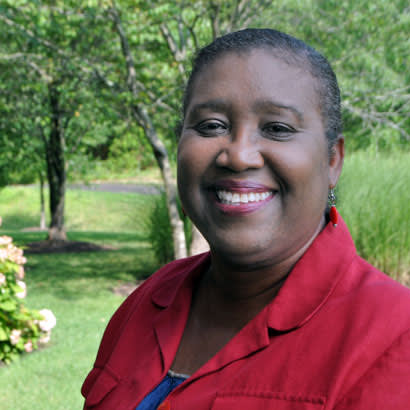
In the early 1950s, as the evidence linking cigarette smoking to lung cancer became known to the public, there was a decline in cigarette sales. This decline was short-lived, however, when manufacturers countered with “filtered” cigarettes, which were touted as being safer than unfiltered ones. Another decline would occur in the mid-1960s when a warning about the health hazards of cigarettes was added to the packaging, anti-smoking advertisements began to be aired on television and, in the early 1970s, televised cigarette ads were eventually banned.
Each decline in cigarette sales has resulted in a new type of cigarette that’s touted as being safer than its predecessor. Case in point, the current resurgence of smoking with the introduction of e-cigarettes, which are being promoted as a method of smoking cessation for adults. Unfortunately, as contributor Vitisia Paynich reveals in this month’s cover story, “The Youth Vaping Epidemic” on page 44, the use of e-cigarettes and vaping is reaching epidemic proportions for our nation’s youth. And, once again, this rise in nicotine consumption is being met with an onslaught of information about its ill effects.
This feeling of “we’ve been down this path before,” also resonates with the recent measles outbreak facing our nation. In “Measles: The Childhood Scourge Is Back” on page 52, NRPA’s vice president of strategic initiatives, Richard J. Dolesh, lays out the history of this disease and reasons behind the current outbreak of a disease that the CDC declared had been eliminated in 2000. In both these stories, Paynich and Dolesh address the question: “So, what role should park agencies play in confronting [these] serious epidemic[s]?” and provide some helpful insights.
Since improving the health of our communities is a major focus of park and recreation agencies, an effective way to mitigate these and similar situations is by informing the public about the impacts to their health. We’ve seen how effective this can be in stemming each rise in nicotine consumption — and I’m hopeful this time the results will be the same.
But, it’s not only important to inform the public about the impact behavior like smoking and not getting vaccinated can have on their and their community’s health. They also need to be informed about the impact their actions have on the health of our environment. In “Keep America Beautiful® ‘Cigarette Litter Prevention Program’” on page 58, contributor Jerred Jones highlights an initiative by the nation’s leading community improvement nonprofit organization, to reduce cigarette litter. It’s visible around practically every entrance to a building, along our highways and in our open spaces. And I confess, as a non-smoker, I haven’t given those butts much thought — that is, until learning about their impact from this feature.
Thankfully, there are things we, as advocates for parks and recreation, can and are doing to not only improve the health of our communities but of our environment. As we work to help communities get fit and healthy and encourage them to go outdoors to enjoy nature, we can enlighten them to another national treasure that’s in the works: The Great American Rail-Trail! In “From Dream to National Treasure: The Great American Rail-Trail” on page 64, by Laura Stark and Brandi Horton, you’ll learn about the birth of this east- to west-coast trail.
In the midst of some pretty weighty issues — vaping, measles outbreaks, cigarette litter — it’s so gratifying to work in a field that’s focused on physical, environmental and spiritual health.
Sonia Myrick is the Executive Editor of Parks & Recreation magazine.

